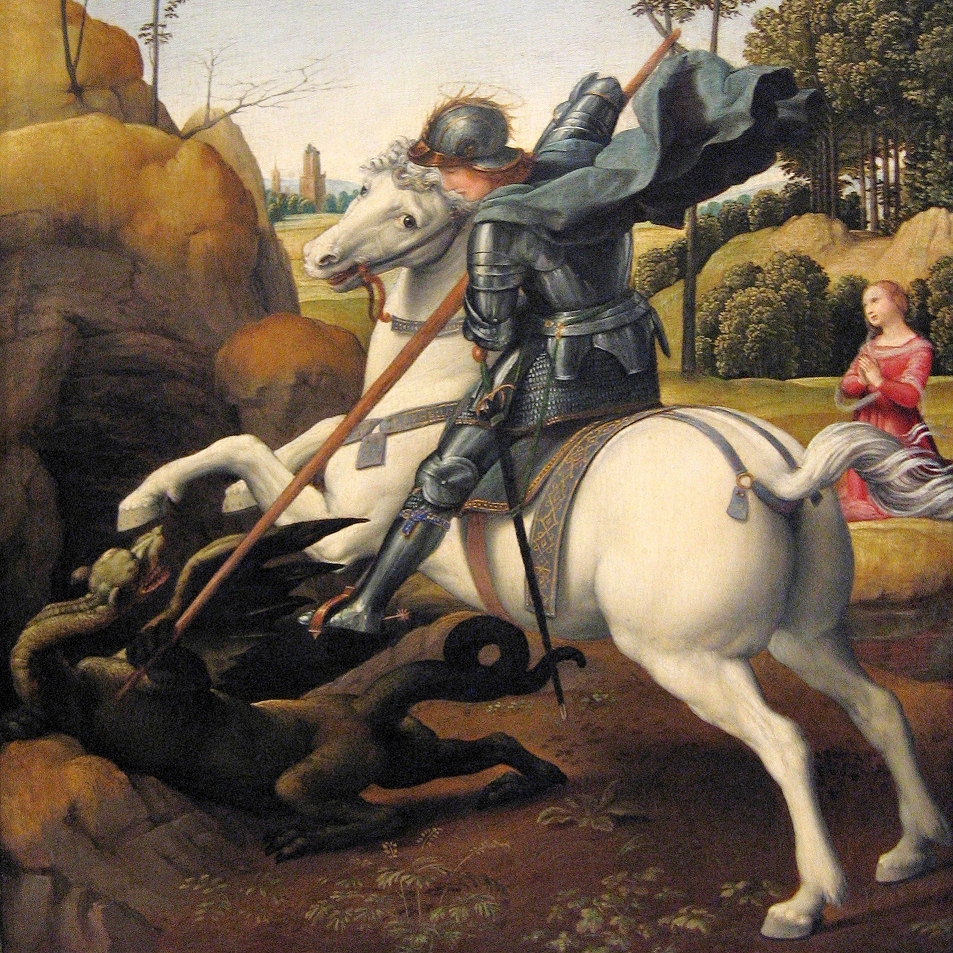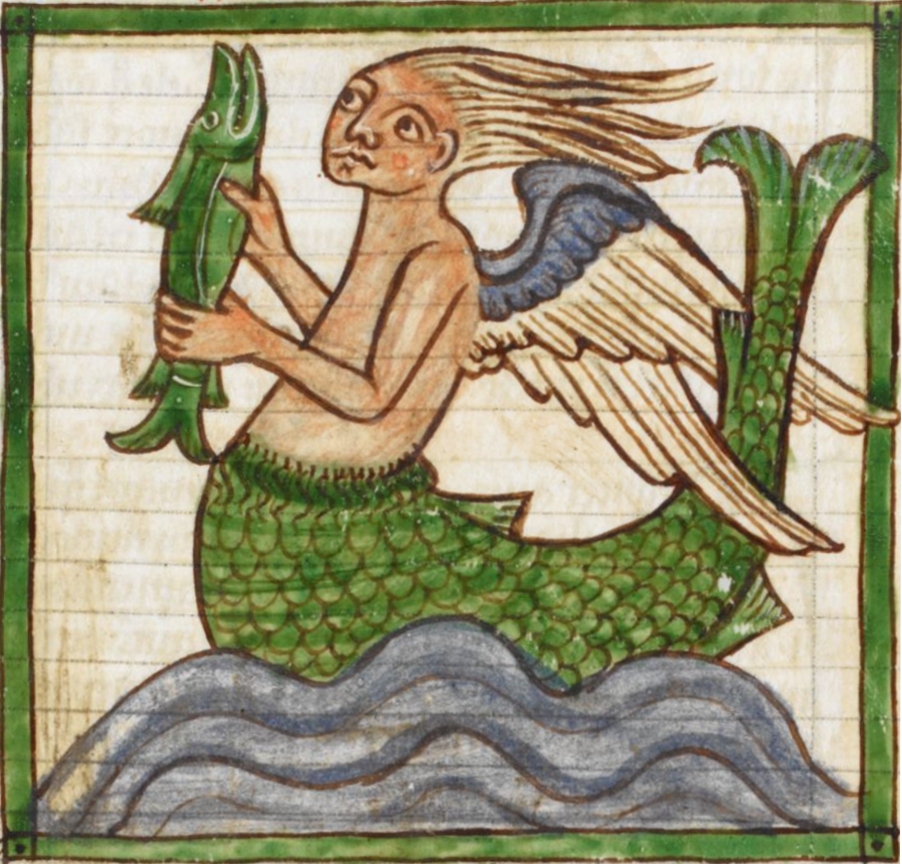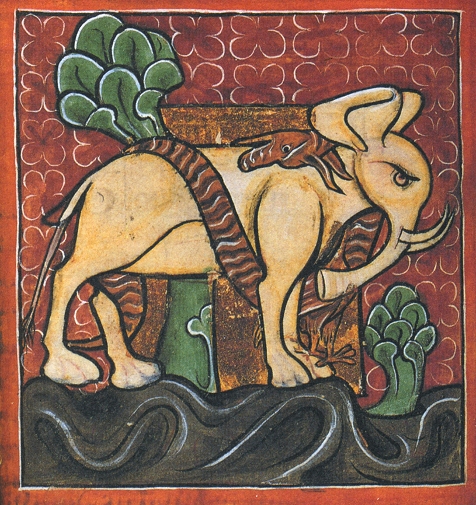
'This dragon had two furious wings
One upon each shoulder,
With a sting in his tail as long as a flail,
Which made him bolder and bolder;
He had long claws,
And in his jaws,
Four and fifty teeth of iron
With a hide as tough
As any buff,
Which did him round inviron.'
The Dragon of Wantley
Traditional ballad
Creatures and beasts from myths and legends of Scotland, England, Ireland and Wales
Fabulous Beasts in Heraldry

A legendary, mythical, or mythological creature, traditionally called a fabulous beast or fabulous creature, is a fictitious, imaginary and often supernatural animal, often a hybrid ... Read more at Wikipedia.

Medieval bestiaries included mythical animals like the dragon alongside real animals like the elephant. "Bestiaries were made popular in the Middle Ages in illustrated volumes that described various animals ..." Read more at Wikipedia.